German Dog Commands: How to Communicate with Your Dog Effectively

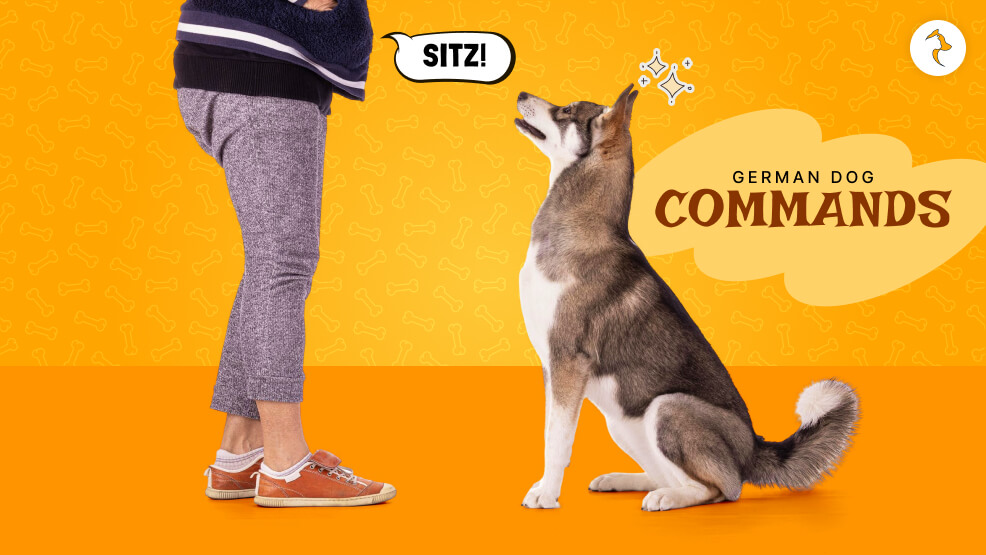
Training your dog can be a fun experience, and one of the best and most methodical methods of enriching that experience is using German dog commands. German commands are utilized extensively by expert trainers, police K-9, and sports dog athletes worldwide.
So why Germany? And how do you go about teaching your dog an entire new language?
In this guide, we’ll explore the reasons behind using German for dog training, provide a comprehensive list of common German dog commands with their English translations and pronunciations, explain how to teach them effectively, and offer tips for reinforcing consistent behavior.
Why Use German Dog Commands?
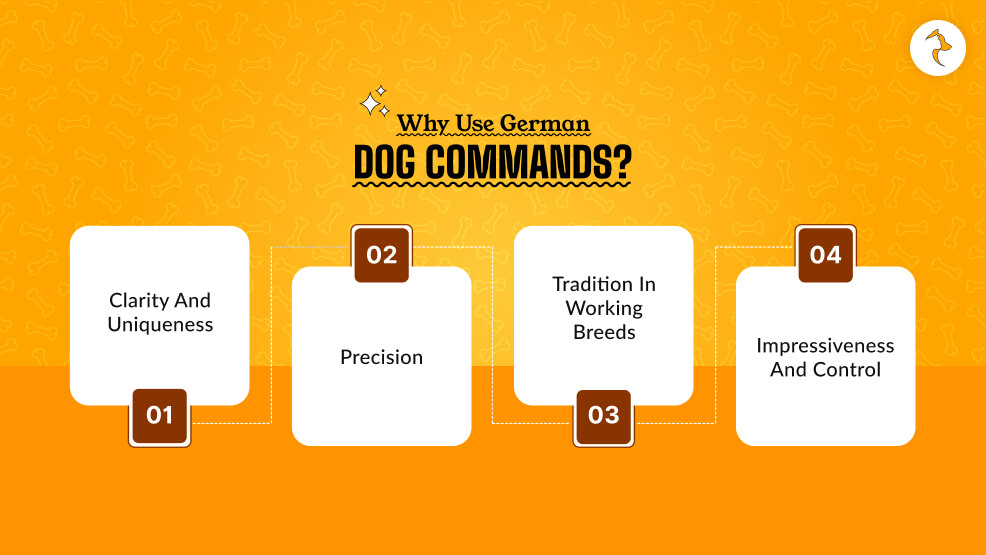
There’s a reason German commands are standard in professional dog training circles. Here are the key benefits:
1. Clarity and Uniqueness
The majority of owners speak with their dogs in colloquial English at all times. Words such as “sit,” “down,” or “stay” are diluted with day-to-day chat. German commands, being used less in regular language, avoid any confusion in your dog.
2. Precision
German is renowned for having a crisp and clear pronunciation. This precision enables canines to differentiate between commands more easily.
3. Tradition in Working Breeds
German Shepherds, Dobermans, and Rottweilers—among the most highly respected working breeds in the world—originated in Germany. Early trainers understandably employed their indigenous language, and the tradition continues today.
4. Impressiveness and Control
Let’s face facts: a complying dog walking around responding to sharp German voice commands and an eye to be seen! And it brings also an aura of control and superiority, particularly within the public or competitive environment.
Universal German Dog Commands (With English Equivalent & Pronunciation)
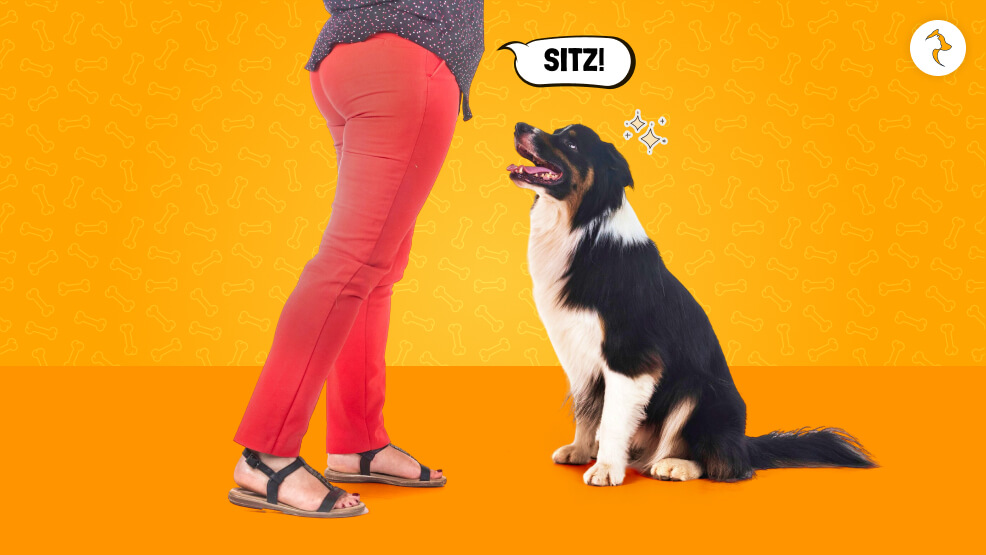
A dissection list of common German dog commands classified thereafter. The pronunciations have been used concerning English phonetics.
Basic Obedience Commands
| German Command | English Equivalent | Pronunciation |
|---|---|---|
| Sitz | Sit | Zitz |
| Platz | Down / Lie down | Plahts |
| Steh | Stay | Schtee |
| Komm / Hier | Come / Here | Kom / Heer |
| Bei Fuß | Heel | Bei Fuss |
Behavior & Correction Commands
| German Command | English Equivalent | Pronunciation |
|---|---|---|
| Nein | No | Nine |
| Aus | Out / Drop it | Ows |
| Pfui | Yuck | Pfooey |
Motion & Control Commands
| German Command | English Equivalent | Pronunciation |
|---|---|---|
| Hol / Apport | Fetch / Retriexve | Hol / Apport |
| Such | Search / Find | Zookh |
| Hopp | Jump (over) | Hop |
| Vorwärts | Onward | Vorwärts |
Guarding & Protection Commands (Used by professionals)
| German Command | English Equivalent | Pronunciation |
|---|---|---|
| Pass auf | Be cautious / Be wary | Pass owf |
| Fass | Attack / Catch hold | Fahs |
| Zurück | Back up | Tsoo-rook |
| Gib Laut | Speak / Bark | Gib lowt |
Praise Commands
| German Command | English Equivalent | Pronunciation |
|---|---|---|
| Brave | Good / Well done | Brahf |
| Fein | Fine / Nice | Fine (as in “mine”) |
| Lieb | Sweet / Gentle | Leeb |
How to Teach Your Dog German Commands
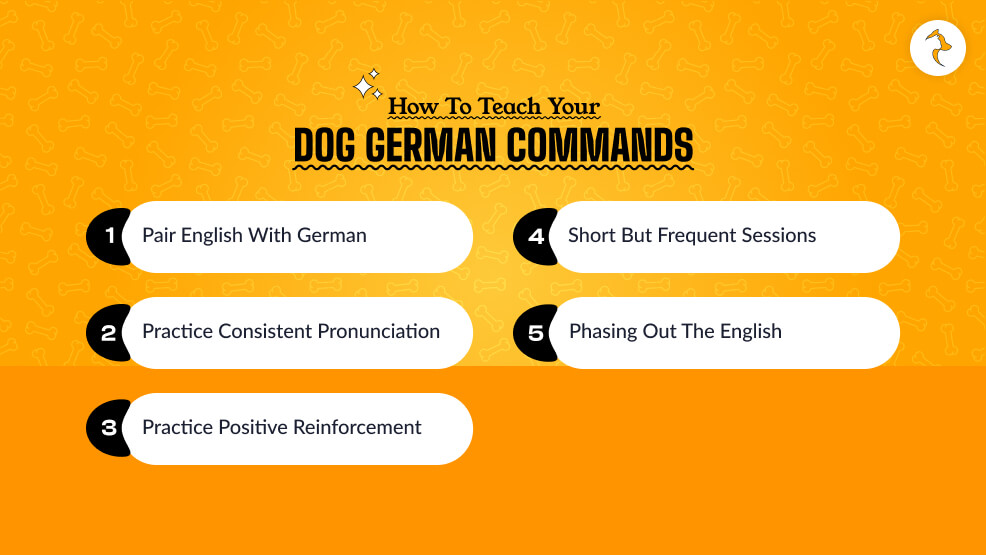
Whether you’re starting with a puppy or switching languages with an older dog, here’s a step-by-step approach to introducing German dog commands:
Step 1: Pair English with German
Begin by matching the German command with the English word your dog already recognizes.
Example: Say “Sit – Sitz!” with a hand signal. Repeat until your dog begins to respond to “Sitz” without the hand signal.
Step 2: Practice Consistent Pronunciation
Dogs respond to tone and sound consistency, so be sure to say the German commands the same way each time. Avoid changing tone, length, or stress during training.
Step 3: Practice Positive Reinforcement
Reward immediately after correct response to new commands with treats, praise, or play. Positive reinforcement supports the strengthening of new words through repetition and reward.
Step 4: Short but Frequent Sessions
5–10 minute training sessions, 2–3 times a day. End on a positive note. Short, frequent training sessions help dogs learn more.
Step 5: Phasing Out the English
When your dog has mastered consistently responding to both the English and German commands, begin eliminating the English word. Then, begin utilizing the German command on its own, combined with your current cues.
Maximizing Learning Tips

- Patient: Learning a language requires time, even for dogs.
- Use hand signals: Visual learning for dogs. Deliver commands with explicit hand signals and retention will be better.
- Train in many locations: Dogs don’t generalize well. Practice the commands indoors, outdoors, in the park, etc.
- Avoid repetition of commands: Don’t repeat commands endlessly (e.g., “Sitz, sitz, sitz!”). State the command and wait.
- Don’t mix commands: Don’t say “Sitz” instead of “Platz” when saying the same thing. Every command has to be different.
Training Milestones and Expectations
| Time Frame | What to Expect |
|---|---|
| Week 1-2 | Beginning recognition of 2–3 German words. |
| Week 3-4 | Frequent response to 3–5 commands. |
| 1–2 Months | Smooth response with little distractions. |
| 3+ Months | Solid obedience in spite of distracting settings. |
German Command Advantages and Disadvantages
There are certainly advantages and disadvantages of German dog commands, so here are a few of them.
Advantages
- Reduces command confusion in multi-lingual families
- Provides an added measure of professionalism and respect
- Ideal for show, sport, or service training
- Pets learn more quickly because of clarity and repetition
Disadvantages
- Could confuse other caregivers who speak no German
- Demands consistency on the part of all handlers
- Not suitable for owners who habitually switch languages or words
Fun Advanced German Commands to Try
Once your dog has learned the foundations, try the following fun and advanced German commands:
| Command | English Equivalent | Use Case |
|---|---|---|
| Steh | Stand | Dog shows, grooming |
| Kriech | Crawl | Trick training advanced |
| Dreh dich | Spin | Fun trick for play or shows |
| Trag | Carry | Retrieve or carry objects |
| Ziehen | Pull | Sled, cart, or sport training |
When to Get Professional Help
If you’re unsure how to start or if your dog struggles with the transition to German commands, consider hiring a professional dog trainer with experience in foreign-language training.
Look for trainers who specialize in:
- Schutzhund or IGP sport training
- K-9 police or military work
- Obedience and behavior modification
- Working breed training (especially German Shepherds, Dobermans, Belgian Malinois, etc.)
Other Languages Used in Dog Training

Although German is the most common, some of the other languages spoken are:
- French: French Ring sport and Mondioring
- Czech: Czech-line German Shepherds
- Dutch: KNPV and police programs
- Italian or Spanish: Growing popularity in southern Europe and the U.S.
Final Thoughts: Speak Your Dog’s New Language
Training your dog using German dog commands is more than just a fun trick—it’s a method grounded in precision, tradition, and clarity.
Whether working with a young pup or teaching an older rescue, German commands offer a unique opportunity to bond, train, and communicate more effectively.
With consistency, patience, and positive reinforcement, you’ll soon be commanding attention with a crisp “Sitz!” and a proud pup ready to obey.




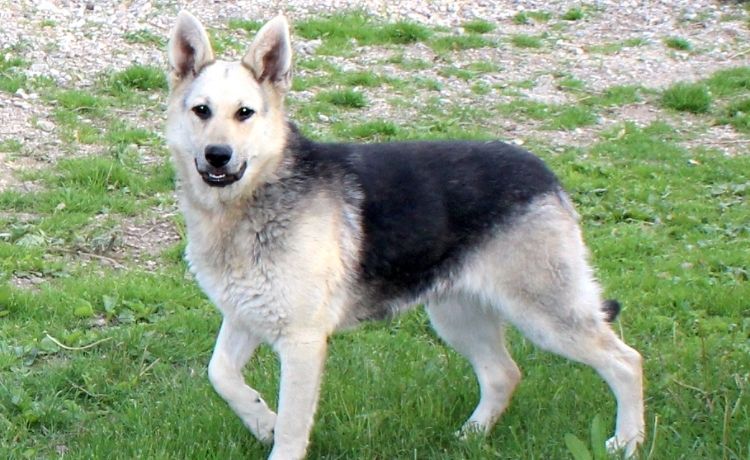



Leave A Comment